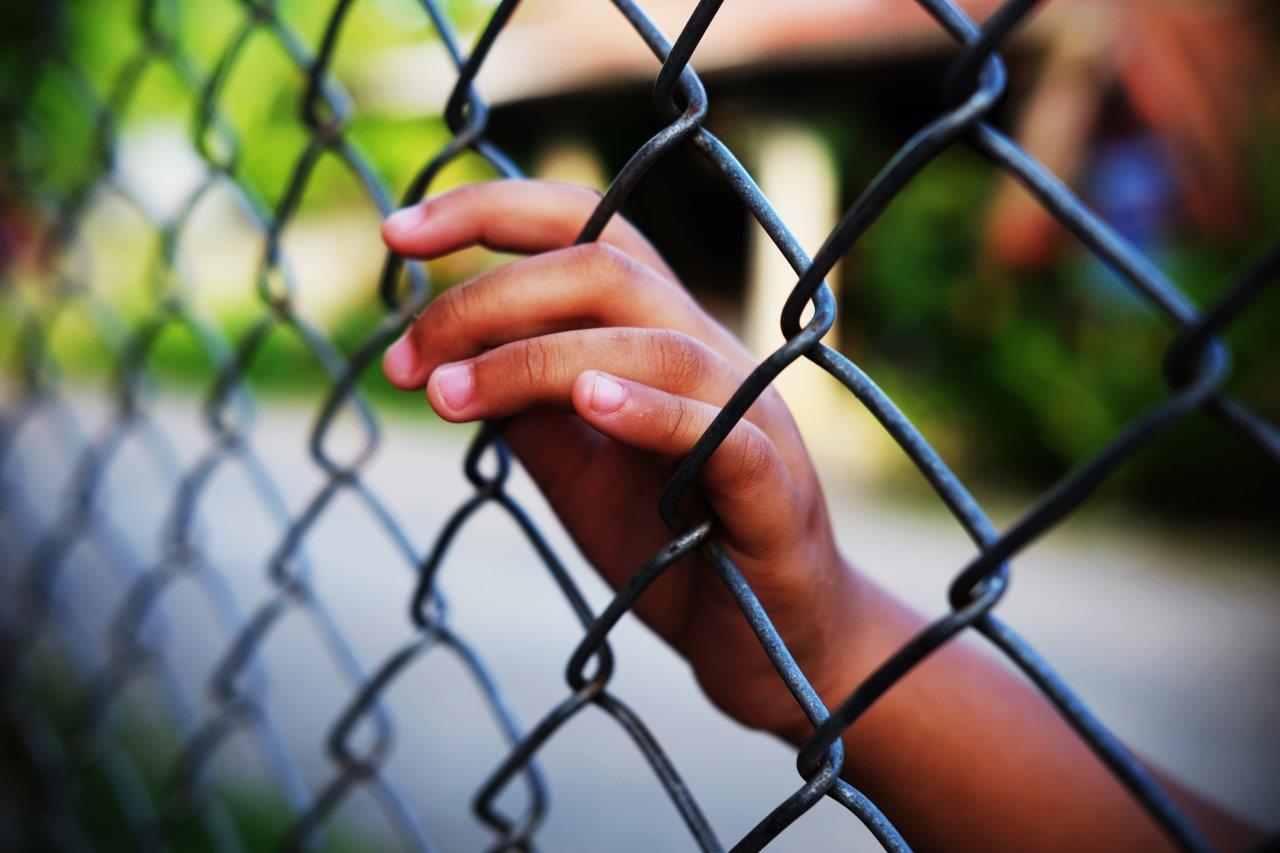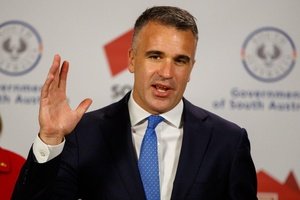Ninety-four per cent of participants in the Edith Cowan University (ECU) study said they were unaware that children as young as 10 can be charged, convicted, and jailed, and once provided with the facts, more than 75 per cent supported lifting the age to between 12 and 18 years.
According to lecturer and researcher in criminology, and lead author of the report, Dr Suzanne Rock, that was what really jumped out from the study.
“… their responses ranged from ‘that’s shocking’, ‘it’s absolutely ludicrous’, ‘it’s outrageous that it’s so low’ and for me that was one of the standouts, because we actually saw those kind of visceral and emotive reactions that people had to it because they were able to think about a 10-year-old that they knew, and the idea that they could be held criminally responsible for something was shocking to them,” Rock tells EducationHQ.
“… when they’re provided with information that’s accurate, and is based on academic literature, it quite often allows participants to have an informed opinion, and rather than have that knee-jerk reaction, more often than not we see support for rehabilitative programs and while still holding a person accountable, particularly young people, they are definitely less punitive than they’re being portrayed in the media at the moment.”
Australia faces increasing international pressure to comply with the UN’s recommendation to raise the MACR to 14 years. Currently, it remains at 10 in most states, exposing children – particularly Indigenous and disadvantaged youth – to significant harms linked to early criminal justice contact, Rock, who has previously worked as a custody officer for Police Scotland in the UK, says.
She says a great deal of academic literature basically says that the minimum age of criminal responsibility needs to be raised.
“... because when we’re looking at biological factors, when we’re looking at social factors, children aren’t developed enough to know the difference between right and wrong and, that we have detention centres for young people as well, so that a young person as young as 10 can end up in a detention centre, is mind-boggling.”
Rock believes public misconception about the MACR is a key contributing factor to the unwillingness of state governments to raise the age.
“Politicians fear being seen as ‘soft on crime’, which may explain the reluctance to act,” Rock said.
“However, our research has shown that upon discovering the MACR in Western Australia, most participants were appalled at Australia’s unwillingness to align itself with other UN countries and favoured raising the age.”
Rock says there’s an element of not knowing what else there is that can be done, or needs to be done, particularly for children and young people who are from some of the most disadvantaged backgrounds.
“… it’s one of those things, I think there’s a bit of naivety into just how bad life can be for some young people and how that can then impact their behaviour,” she explains.
“… but it can also go down to a cellular level in the way that it can change a young person’s brain development entirely, so they might not actually have capacity to behave in the way that’s expected in society.
“… being aware that there’s different ways that young people can be held accountable, rather than these punitive measures, is a step that needs to be taken and sometimes I think the politicians don’t really understand that.”

Australia is facing international pressure to comply with the UN’s recommendation to raise the MACR to 14 years. Currently, it remains at 10 in most states, exposing children – especially Indigenous and disadvantaged youth – to significant harms linked to early criminal justice contact.
A 2020 report by the Law Council of Australia states that keeping the MACR at 10 years of age ignores the large body of social research highlighting the harmful effects of early contact with the criminal justice system.
“The earlier you have contact with the justice system the more likely that you are to have continued contact throughout not just your young years, but into adult life, too,” Rock says.
It’s one of the things, she says, that can ensnare someone into a life course of persistent offending.
“With governments and politicians, I think given the length of time that people are in power and the cycle of voting, there’s a reluctance to make these big changes depending on when their tenure arcs, so it’s something that needs to change, but I think it’s going to take quite a brave person to do that and then to see it through.”
Statistically, early criminal justice contact disproportionately affects Aboriginal and Torres Strait Island kids, with the Law Council, the Royal Australasian College of Physicians and others advocating that there needs to be more emphasis on support services, treatment, early intervention, prevention, justice reinvestment initiatives, community-led diversion programs, and more built on Indigenous authority and culture.
“It’s something that needs to be led with Indigenous communities and not something designed by government... It needs to be meaningful,” Rock explains.
“It needs to be designed and co-designed and then facilitated by Indigenous community elders or members of the community in order for it to have meaning.
“And obviously there needs to be money put into that, but also allowing a program enough time to work, basically, to allow it to sort through any issues that there are, because quite often if money’s invested into a program and outcomes aren’t seen within the first couple of years or first five years, funding’s pulled.
“…. we need to have a longer term view of these types of programs, particularly for Indigenous communities where we have such an overrepresentation, particularly in youth justice, of Indigenous young people.”
Rock says based on her research, there’s value in targeted public education campaigns that enhance knowledge about the MACR to induce important changes in the public’s opinion.
One main concern was if young people don’t enter the youth justice system, if they do something wrong, then where are they going to go, what’s going to happen to them?
A Social Reinvestment WA social media campaign has recently been rolled out in response to those questions, including a range of materials, however, similar to the news cycle, social media is very much about cycles of interest and what goes viral.
In the academic sphere, there have been a range of community panel events with excerpts on youth justice.
“I think it’s just about being open that young people will do something wrong at some point,” Rock says.
“Sometimes it’s anti-social, sometimes it’s illegal, and I think getting people to think about what they got up to when they were teenagers and they look back and think, ‘Oh, I can’t believe I did that’ or, ‘I can’t believe I got away with that’, and putting themselves back in those shoes and thinking about what their life would have been like if they had been sentenced or incarcerated [as a child].
“Our participants pointed out that you can’t board a plane alone until you’re 12, you can’t have a Facebook account until you’re 13, but you can be held criminally responsible at 10, 11.”














